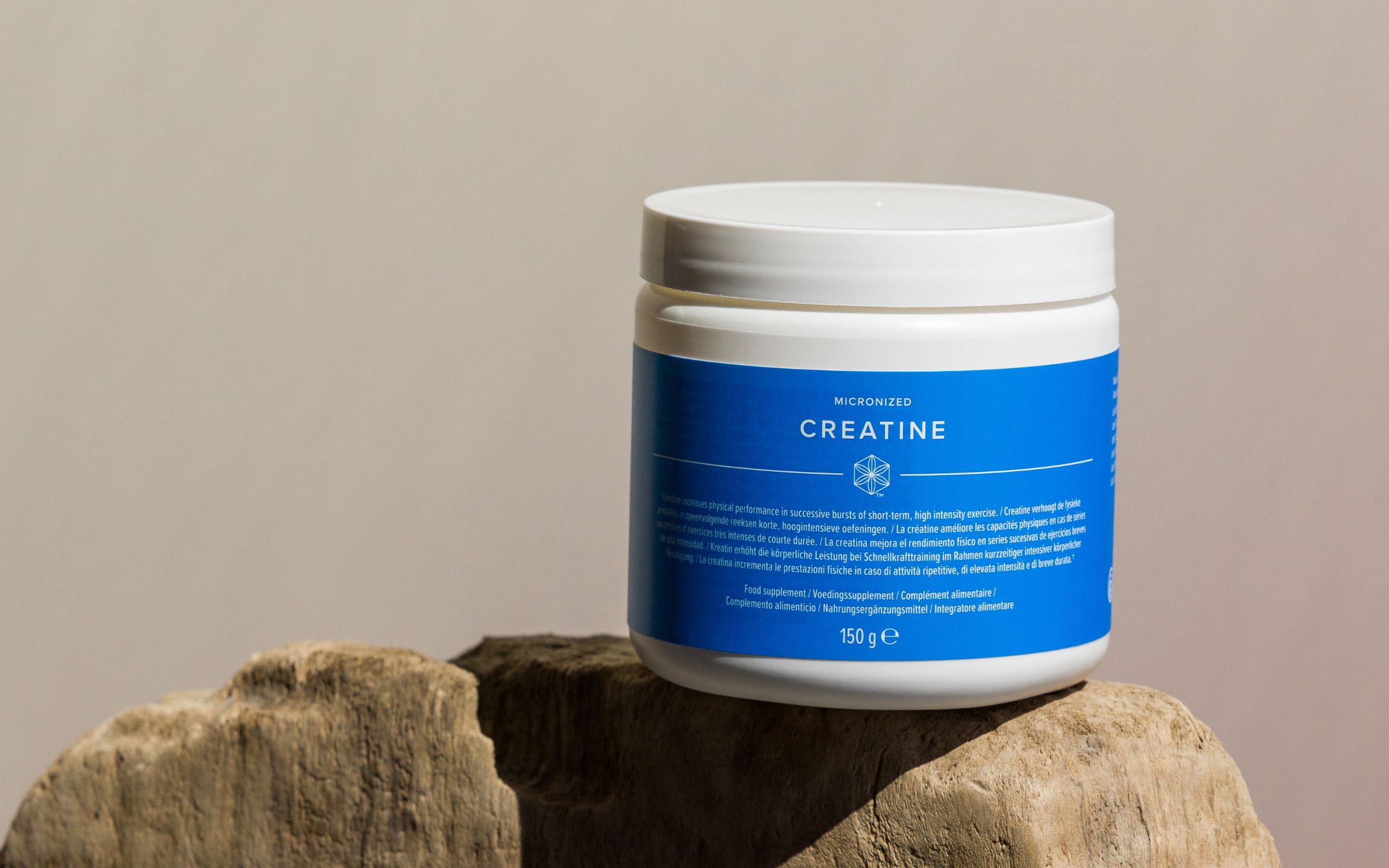Nutrition Q&A: What You Need to Know About Fibre
October 11, 2017,
Rebecca Haresign

Dietary fibre is possibly one of the most underappreciated topics in nutrition, but once you know how dietary fibre can affect your health and impact your waistline, you might change your mind about fibre.
What’s so important about dietary fibre?
Dietary fibre is more than a single dietary component. It’s a complex mix of different plant-based compounds, each with unique health-supporting benefits. The main feature that makes fibre unique is that it’s not digested or absorbed by the body. Even though fibre isn’t digested, it is essential for our health, particularly our digestive health. Getting the right amount of fibre can reduce the risk of some diseases such as heart disease, type 2 diabetes and colon cancer (1).
Fibre also has a role to play in weight control, as eating foods high in fibre can help you feel full for longer (1, 2). This means consuming a meal or snack that is rich in fibre can help to keep you feeling satisfied until your next meal, which is great if you’re trying to control your calorie intake.
The properties of different types of dietary fibre, such as whether it is soluble or insoluble in water, are what gives each type its unique benefits. Each type helps your body in different ways so it’s important to include both types in your diet.
Soluble fibre dissolves and thickens in water. One benefit of soluble fibre is that it slows down digestion, helping you to feel more satisfied after a meal. You can find soluble fibre in foods like oats, rye, bananas, kidney beans, carrots and potatoes.
Insoluble fibre helps foods move through your digestive system more easily. Good sources of insoluble fibre include high-fibre breakfast cereals, wholegrains such as whole wheat pasta, brown rice, vegetables, nuts and seeds (1).
How much fibre do I need each day?
Recommendations for dietary fibre have recently been reviewed by the Scientific Advisory Committee on Nutrition (SACN), who advise Public Health England and other UK government organisations on nutrition and other related health matters. It is now recommended that we consume 30 grams of dietary fibre per day. The recommended amount is less for children (3).
Unfortunately, most people fail to meet the minimum recommended level of dietary fibre each day. The most recent survey carried out in the UK found that average intakes were around 18 grams per day, well below the recommended levels. No age group in the UK is achieving this recommendation, therefore we should all be making a conscious effort to choose higher fibre ingredients when we’re thinking about what to eat (4).
How can I increase the amount of fibre in my diet?
If you’re looking to increase your dietary fibre to meet your recommended amount, it’s best to do this gradually as sudden, large increases of dietary fibre can lead to digestive discomfort. It’s also important to make sure you’re drinking plenty of water to support good digestive health (1).
If you’re already using our IsaLeanTM Shakes then that’s a great start – IsaLean Shakes are high in fibre, providing 8 grams per serving. If you’re enjoying two shakes a day then you are already receiving 16 grams fibre.
You can also increase the fibre content of your shake by adding a nutritious fibre boost to your shake. This can also bring more variety to Shake Days and help you meet your goals. Try your shake with these additions to increase your daily fibre and contribute to greater digestive balance.
Another way to increase the amount of fibre in your diet is by choosing higher fibre snacks such as fruit, vegetable sticks, oatcakes, unsalted nuts or our IsaLeanTM Bar.
| Ingredient | Portion size | Calories per portion | Fibre per portion |
| Banana | 1 (around 100 grams) | 81 | 1.4 grams |
| Oats | 50 grams | 190 | 3.9 grams |
| Raspberries | A handful (around 80 grams) | 20 | 2.6 grams |
The choices you make in your third meal can also help to boost your fibre intake for the day, for example:
- if you’re not having an IsaLean Shake for breakfast, choose a high fibre breakfast cereal such as branflakes or porridge. Top with a sliced banana or sultanas for extra fibre;
- choose higher fibre versions of foods, such as brown rice, quinoa or wholewheat pasta;
- leave the skins on potatoes;
- add beans, lentils or chickpeas to stews, curries and salads. Half a tin of chickpeas provides around 7 grams of fibre;
- make sure you include plenty of vegetables with your meals – an 80 gram portion of green garden peas provide around 4.5 grams fibre (5).
References
- NHS Choices. Why is fibre important? 2015. Available at: http://www.nhs.uk/chq/pages/1141.aspx?categoryid=51 (accessed 25th September 2017)
- EUFIC. Dietary fibre: what’s its role in a healthy diet? 2005. Available at: http://www.eufic.org/en/food-today/article/dietary-fibre-whats-its-role-in-a-healthy-diet (accessed 25th September 2017)
- Scientific Advisory Committee on Nutrition. Carbohydrates and health. London: TSO, 2015
- Bates B, Cox L, Nicholson S, Page P, Prentice A, Steer T, Swan G. National Diet and Nutrition Survey Results from Years 5 and 6 (combined) of the Rolling Programme (2012/2013 – 2013/2014). London: Public Health England. Available at: https://www.gov.uk/government/uploads/system/uploads/attachment_data/file/551352/NDNS_Y5_6_UK_Main_Text.pdf (accessed 25th September 2017)
- Public Health England. Composition of foods integrated dataset (CoFID). Available at: https://www.gov.uk/government/publications/composition-of-foods-integrated-dataset-cofid (accessed 21st July 2017)




